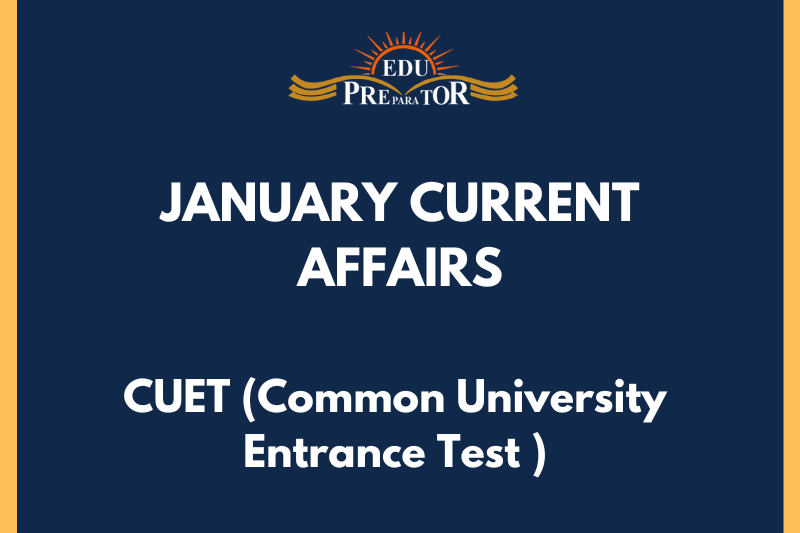
Proposed Recommendation of a Health Tax on High Sugar, Salt, and Fat Foods
Introduction
- NITI Aayog and UNICEF have jointly commissioned a study proposing a health tax on foods high in sugar, salt, and fat, as well as sugar-sweetened beverages (SSBs).
- The tax under proposal is approximately 20-30%, which will be levied along with the Goods and Services Tax (GST).
- The directive underlying the proposal is to encourage healthier eating habits among the population.
Aim of the Study: Encouraging Healthier Eating Habits
- The study is aimed at influencing policies towards promoting healthier eating habits.
- It highlights the detrimental effects of sugar, salt, and fat-heavy foods on health and stresses the need for regulatory actions to control their consumption.
Predicted Impact of the Health Tax
- An essential highlight of this study is the predicted decrease in demand for bulk purchases of sugar.
- The study estimates that the health tax might curtail the sugar demand by 13-18%.
Addressing India's Health Challenges
- Many health-related challenges, such as obesity, are becoming prevalent in India, mainly due to poor dietary habits.
- As the number one consumer of sugar globally, India stands to significantly benefit from measures such as the health tax on unhealthy foods.
Evidences from Other Nations
- Successful implementation of health taxes on similar high-sugar products in countries like Mexico, Chile, Saudi Arabia, Argentina, and South Africa are referenced in the study.
- These cases demonstrate the potential success and benefits of implementing such a tax in India.
Key Takeaways
- The recommendation calls for the imposition of a health tax in addition to GST on foods high in sugar, salt, and fat.
- The main objective of this study is to encourage healthier eating habits and policy changes that support this initiative.
- The tax's imposition could decrease the demand for sugar by 13-18% in India.
- The tax could be a vital instrument in combating health challenges prevalent in India like obesity.
- Previous successful implementations of health taxes in countries like Mexico, Chile, Saudi Arabia, Argentina, and South Africa indicate its potential effectiveness in India.



Comments
Nam cursus tellus quis magna porta adipiscing. Donec et eros leo, non pellentesque arcu. Curabitur vitae mi enim, at vestibulum magna. Cum sociis natoque penatibus et magnis dis parturient montes, nascetur ridiculus mus. Sed sit amet sem a urna rutrumeger fringilla. Nam vel enim ipsum, et congue ante.
Cursus tellus quis magna porta adipiscin
View All